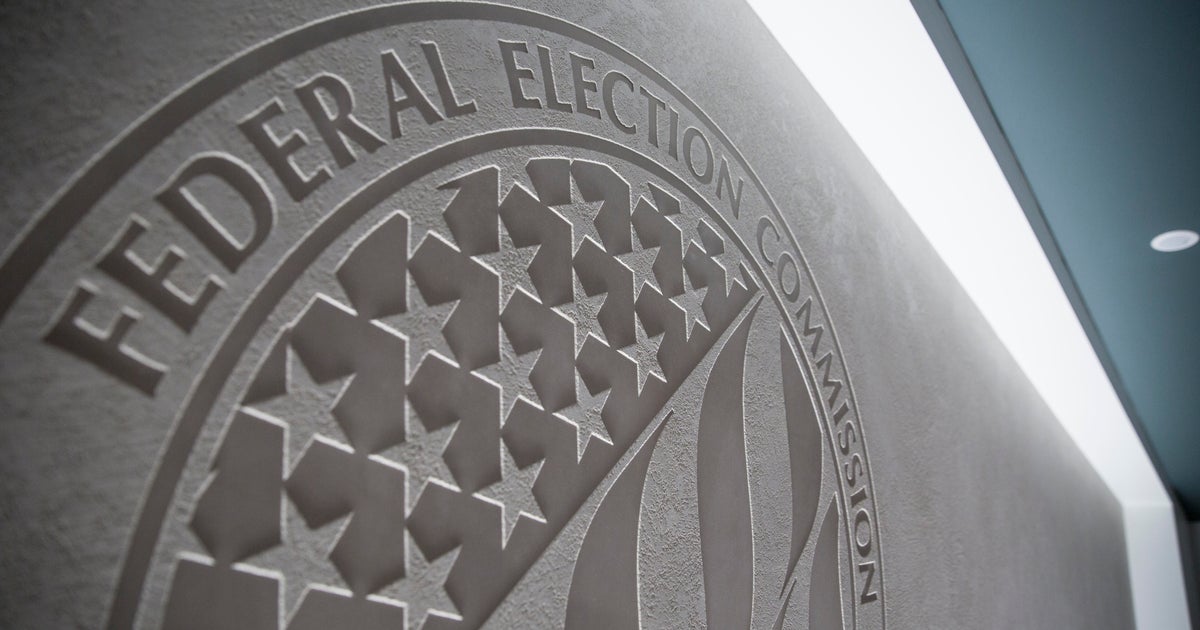Donald Trump blames Federal Reserve for economic jitters
On Saturday night, Treasury Secretary Steve Mnuchin said President Donald Trump won't fire the chairman of the Federal Reserve. Less than 48 hours later, Mr. Trump said the Fed is the "only thing wrong with the economy."
That blunt criticism underscores the rising tension between the White House and the Fed as global financial markets tank.
Mr. Trump has made the stock market a key barometer of his success, pointing to its strong performance earlier this year as proof his policies are working. But as equities have slumped, he has repeatedly attacked the U.S. central bank for raising interest rates, calling it his "biggest threat" and describing it as "out of control."
More pointedly, Mr. Trump has publicly expressed regrets about appointing Jerome Powell as Fed chairman. Last week, Mr. Trump reportedly consulted advisers about firing Powell, Bloomberg reported.
For investors -- and for the White House -- firing Powell would almost certainly make things worse. That would send a clear signal that the Trump administration intends to conform monetary policy to its economic agenda -- something that's more often seen in a developing country than in the U.S.
The Fed is traditionally protected from such pressure to ensure political leaders don't effectively hijack monetary policy, especially in setting the short-term interest rates that affect the cost of mortgages, credit cards, car loans and other types of borrowing.
"If Trump tries to remove Powell, it could throw the financial markets into deep chaos that makes the current market turmoil look tame," analysts at Oxford Economics said in a note.
Stocks continued their recent nosedive on Monday in a shortened trading session. The S&P 500, Dow and Nasdaq all fell by more than 2 percent, with the blue-chip index shedding 653 points to close at 21,792.
Guarding Fed independence
The Fed has two broad policy goals: keeping prices stable and promoting full employment. By contrast, it has no responsibility to keep stocks humming.
The Fed's main tool in carrying out that so-called dual-mandate is setting a key interest rate, which has a domino effect on interest rates throughout the economy. Lower rates, which encourage spending by making borrowing cheaper, stimulate economic growth, while higher rates restrict it.
Policymakers dropped their target interest rate near zero after the financial crisis that began in 2007. In late 2015, with the recovery on firmer ground, the Fed gradually started increasing interest rates. This year, it has four times raised the federal funds rate a quarter point, although rates remain historically low.
The forty-fifth president isn't the first to grumble about high interest rates. Few presidents have cheered such monetary tightening. That's precisely why lawmakers have insulated the Fed from the presidency and, largely, from Congress.
The central bank is run by a rotating board of governors, who are appointed by the president and confirmed by the Senate. The body that sets interest rates is separate, composed partly of appointed governors and partly of the heads of regional Federal Reserve banks, who are elected by their peers.
Once they are confirmed, Fed governors can't be removed except "for cause," a somewhat murky turn of phrase that has never been tested. Many legal scholars believe that a policy disagreement between Mr. Trump and the Fed chief wouldn't count as "cause."
Can Trump fire Chairman Powell?
Seeking to reassure markets, Treasury Secretary Steve Mnuchin on Sunday tweeted that the president doesn't believe he has the right to fire Powell, although he disagrees with the Fed chair.
However, Mr. Trump often contradicts his advisers, and it's not at all certain that he wouldn't try to remove or otherwise influence the Fed.
Fed historian Peter Conti-Brown has noted that the Fed chairman has two roles—one as head of the Fed itself, a role in which he testifies before Congress, and the other as chair of the Fed's interest rate-setting body, known as the Federal Open Market Committee.
Even if the president were to fire Powell as the Fed's board chair, the other members of the Fed's rate-setting body could elect to keep Powell as their leader, Conti-Brown said on Twitter.
As Oxford Economics put it, "Any of these outcomes would likely produce a deep state of chaos in the financial markets and within the Federal Reserve."



